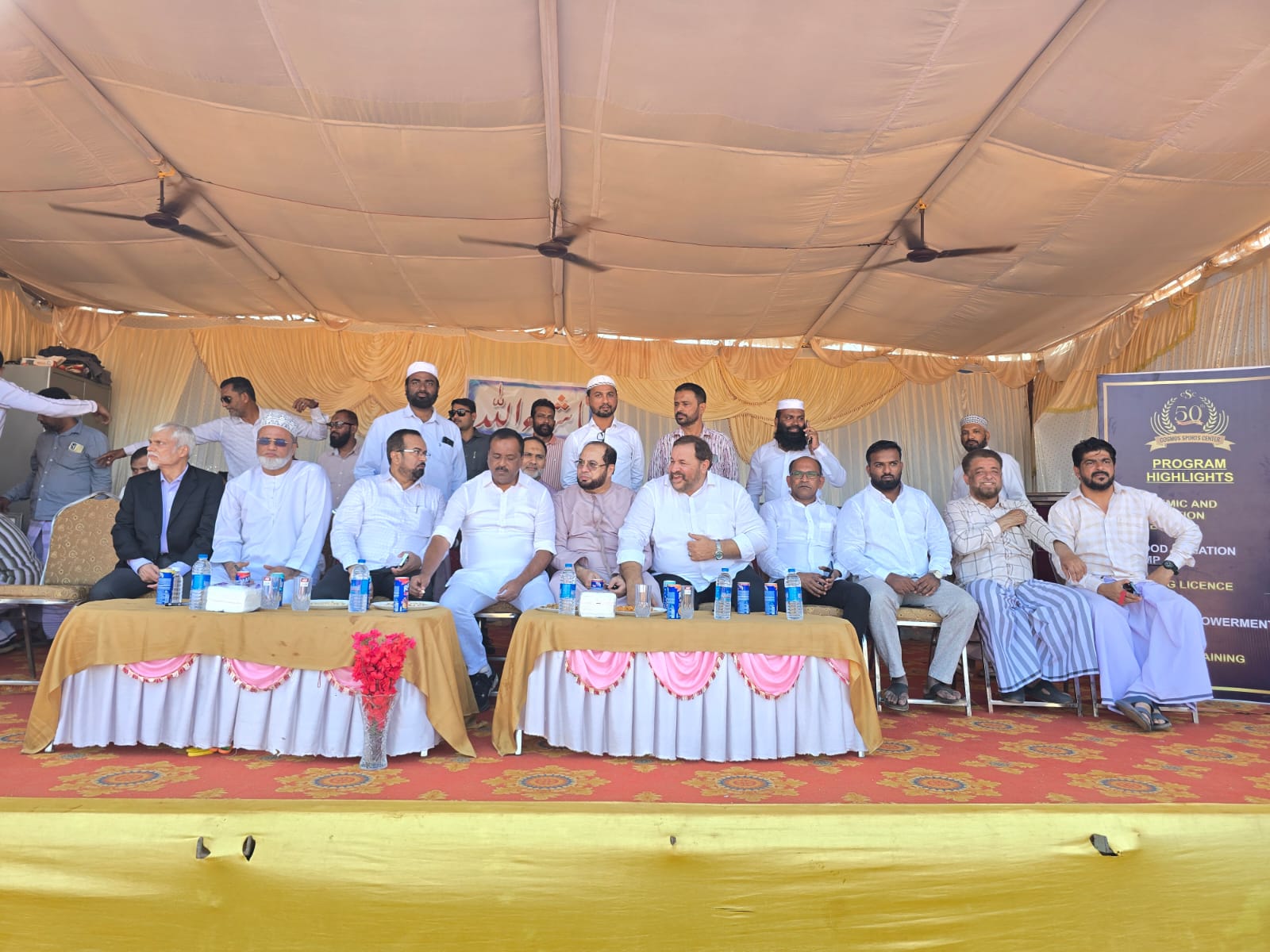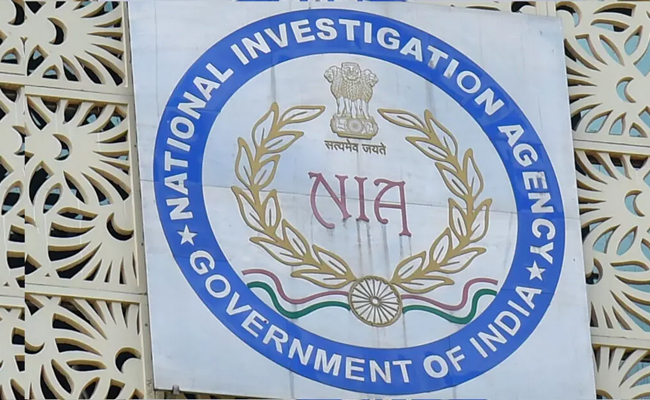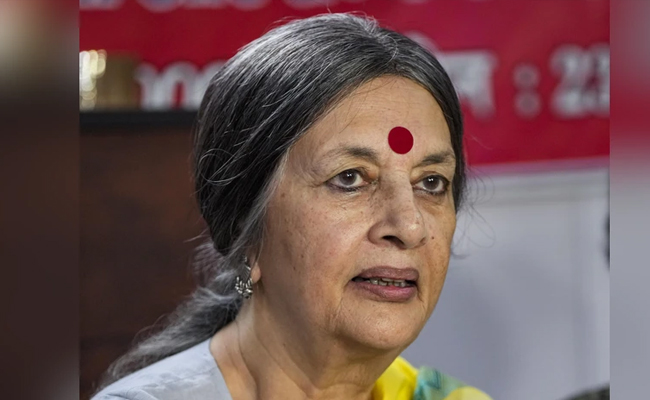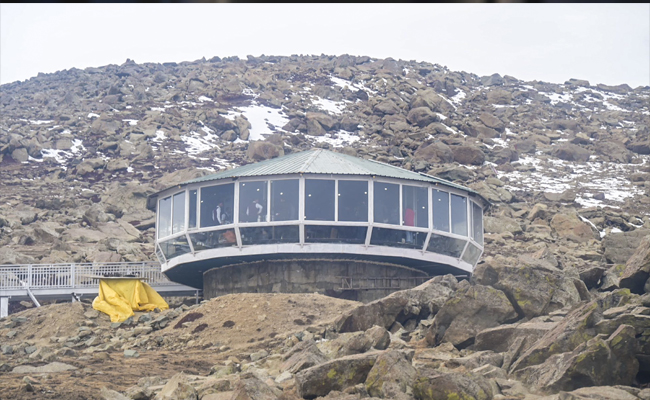The central government has cautioned that by 2020, many cities including Bengaluru will lose their ground water source completely. A report on Composite Water Management Index released by the centre indicates Bengaluru, Chennai, Hyderabad and other metropolitan cities with high population density would soon go totally dry in their ground water resource.
Experts on water have been warning about a water crisis in the making since long. If steps are not taken to recharge ground water level, the cities would have severe shortage of drinking water. A policy on rainwater harvesting being made compulsory has also been put in place. However, this has not helped the danger of no water in the near future.
The anxiety is not just about cities losing groundwater table, but rural areas too going almost dry with the table depleting every progressive year. Only in areas close to wetlands, the situation is better thanks to the measures initiated by the government. But the big cities are constantly under water distress during all seasons.
A lot more focused studies have to be conducted on the cause of groundwater table going so drastically down in cities. On the surface, concretization of cities and green cover being constantly reduced for every small developmental or work relating to infrastructure has led to this phase of serious water problems. Concrete and tar do not allow space for water to seep in to ground and be soaked by the soil. Recharge pits are hard to come by. Most of the lakes have been usurped by land grabbers to construct apartments and the remaining lakes have hardly any water left in them. There was a time when Bengaluru was home to more than 500 lakes and these were sufficient water sources for a city with a population of about 30 lakh. But as migration into Bengaluru increased, the city needed more water and the lakes were consistently dried up to make way for new money making real estate.
Today most of Bengaluru’s water comes from a long distance, and from faraway water reservoirs. This is the case of most big cities. Now Bengaluru having lost most of its water source, discussions are on to explore possibilities of pumping water from faraway Linganamakki reservoir. But people from that region are severely opposed to this idea and have taken out protest demonstrations in Sagar and other places to register their resistance.
The same protest was taken out by people in Dakshina Kannada when government proposed Yettinahole Project.
One of the main reasons for urban areas lose ground water is that apart from destroying the conventional water wells, lakes and other water bodies, the cities have been digging more borewells thus causing rapid depletion. And if the ground water table goes down to levels of drying, the situation would be very gory.
Areas like Kolar and Chikkaballapur do not get ground water even if they sink borewells down to 1,500 ft. This is a matter of severe anxiety.
According to NITI Ayog report, Karnataka is severely lagging behind in mechanisms to recharge ground water levels, in the entire nation. A state like Chhattisgarh has used up all the resources provided by the central government and has recharged its borewells to a good 100%, leaving no stone unturned. Telangana has achieved a 90% recharge level and Jharkhand has gone up to 50% on this.
And Karnataka lagging behind on this puts the state in high danger zone. The state has been able to recharge only 6% of its borewells. This is definitely the failure of the state government.
Though rainwater harvesting has been made compulsory in big cities such as Bengaluru and others, the implementation by local bodies has been far from satisfactory.
If rainwater harvesting was done with diligence, cities would have had better water levels in the ground. The state comes up with policies, but the officers from implementing agencies have to perform their duty on these policies being followed strictly by every citizen. But since this dedication towards implementation is lacking, policies are never effective. And an ineffective policy, no matter how good the intent is, would fall flat on ground reality.
Rain water harvesting being made compulsory in homes is not enough. Even public spaces have to be turned into zones of rain water harvesting and those measures need to be initiated without delay.
The whole world facing water crisis. But the onset of monsoon has brought us some respite. Hence we need to use rainwater more effectively and ensure it enters the ground than evaporating on surface. Even the NGOs need to work with great commitment for this apart from governments. The most significant role is that of citizens.
As for its role, the government as a larger body for protection of lakes and water resources, it has to stop the encroachment of lakes and water beds in urban and rural areas. The real estate mafia which has been consistently swallowing lakes has to be dealt with an iron hand. Ramaswamy Committee has revealed shocking facts about this in its report.
And as per this report, state government initiated encroachment clearance drive on water paths in the city but the work did not progress to the level of satisfaction. Even government offices have been built on dried lake beds. This has been a fine example of the total failure of state in this matter.
Many lakes that are still breathing their last few breaths are struggling to stay alive with silt filling up their water source. They need to be desilted to keep them alive. The government needs to exhibit strong political will on this front to ensure the cities do not go dry.
Let the Truth be known. If you read VB and like VB, please be a VB Supporter and Help us deliver the Truth to one and all.
Bhatkal: Speaker of the Karnataka Legislative Assembly U. T. Khader visited Bhatkal in Uttara Kannada district on Saturday and attended a local cricket match being played as part of a tournament organised by the Cosmos Sports Centre of Bhatkal.
After attending a programme at Anjuman Hami-E-Muslimeen, Khader proceeded to the Bhatkal Taluka Stadium, where the tournament is underway. He was accompanied by office-bearers of the Cosmos Sports Centre and several local community leaders.
Those present during the visit included President of Majlis-e-Islah Wa Tanzeem and former JD(S) leader Inayathullah Shabandri, Vice President of Tanzeem Atiqur Rahman Muniri, General Secretary Abdul Raqeeb MJ, President of Cosmos Sports Centre Ismail Anjum, Managing Director of Mohtisham Complexes S. M. Arshad, former president of the Bhatkal Muslim Youth Federation Imtiyaz Udyawar, among others.
Addressing players and organisers, Khader extended his best wishes to the participating teams and urged the players to uphold the spirit of sportsmanship. He said such tournaments help promote unity and brotherhood among the youth.
The cricket tournament began on November 21 and will conclude with the final match on December 21. It is being organised as part of the golden jubilee celebrations of the Cosmos Sports Centre.
Cosmos Sports Centre is one of the member clubs of the Bhatkal Muslim Youth Federation and is known for its active role in promoting sports in the town. Apart from sporting activities, the centre is also involved in various social and community initiatives, including efforts to promote education among students.






